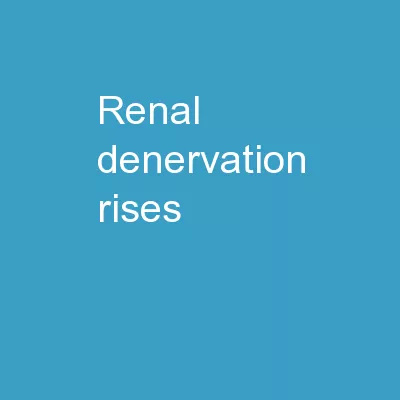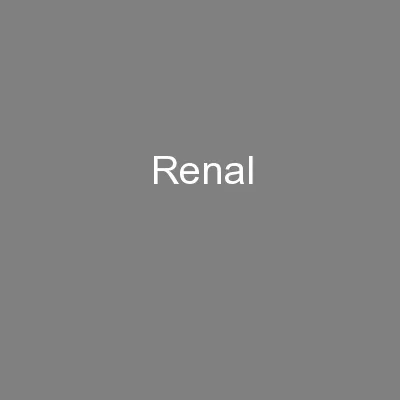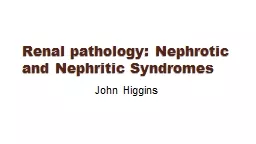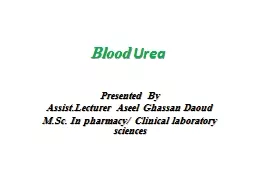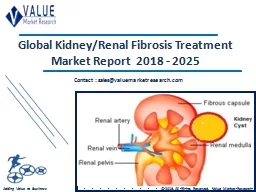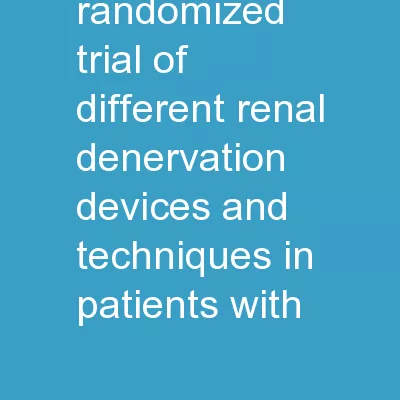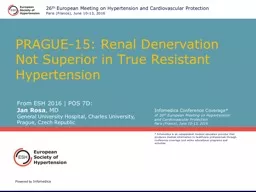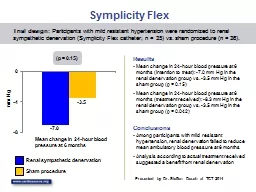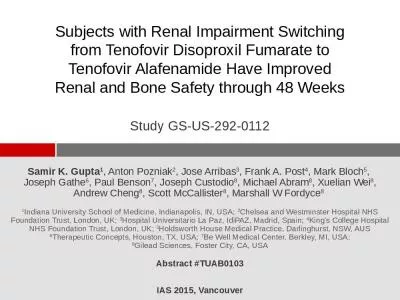PPT-Renal Denervation Rises
Author : calandra-battersby | Published Date : 2019-01-22
From the Ashes Moderator David E Kandzari MD Chief Scientific Officer Director of Interventional Cardiology Piedmont Heart Institute Atlanta Georgia Panelists Roland
Presentation Embed Code
Download Presentation
Download Presentation The PPT/PDF document "Renal Denervation Rises" is the property of its rightful owner. Permission is granted to download and print the materials on this website for personal, non-commercial use only, and to display it on your personal computer provided you do not modify the materials and that you retain all copyright notices contained in the materials. By downloading content from our website, you accept the terms of this agreement.
Renal Denervation Rises: Transcript
Download Rules Of Document
"Renal Denervation Rises"The content belongs to its owner. You may download and print it for personal use, without modification, and keep all copyright notices. By downloading, you agree to these terms.
Related Documents

